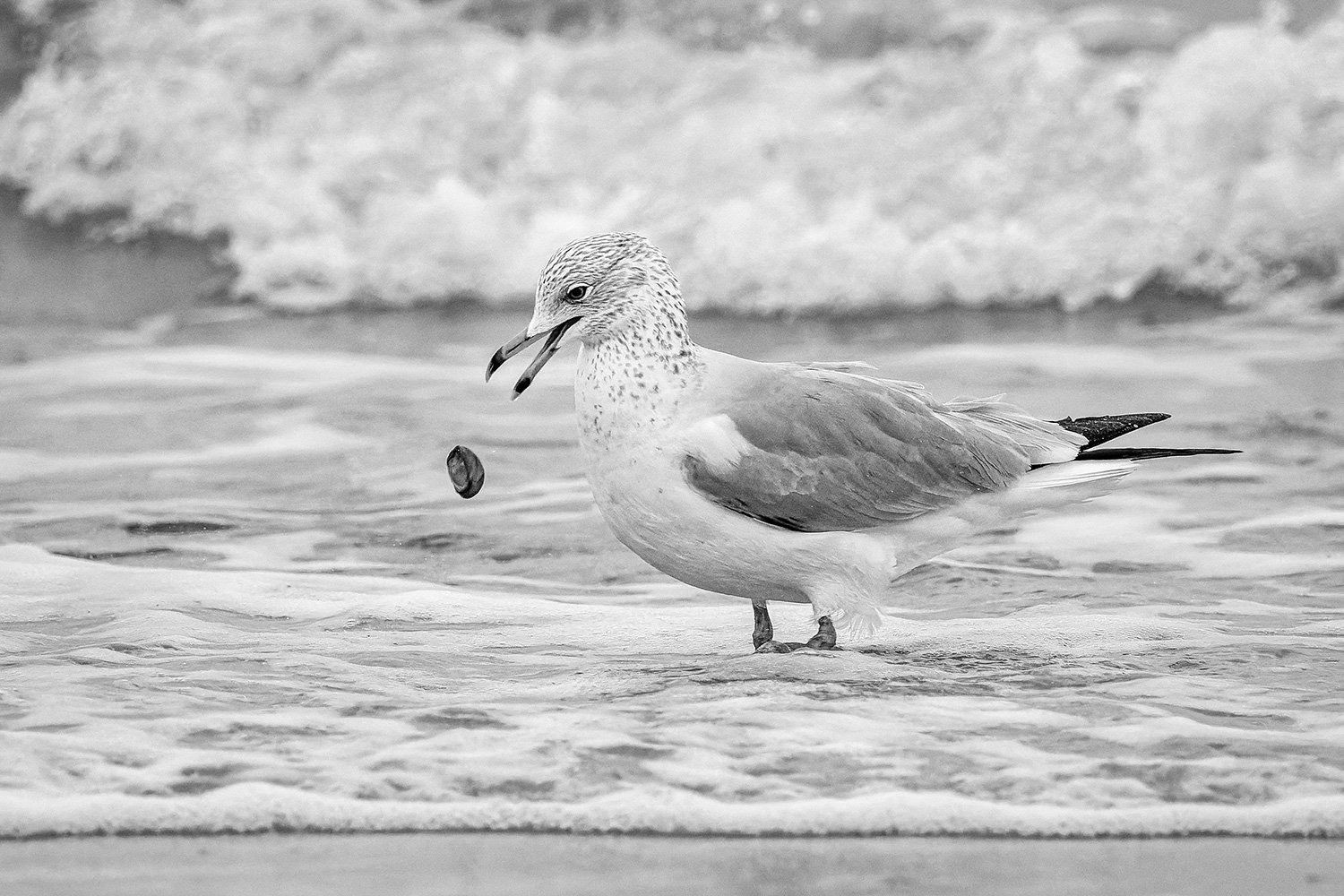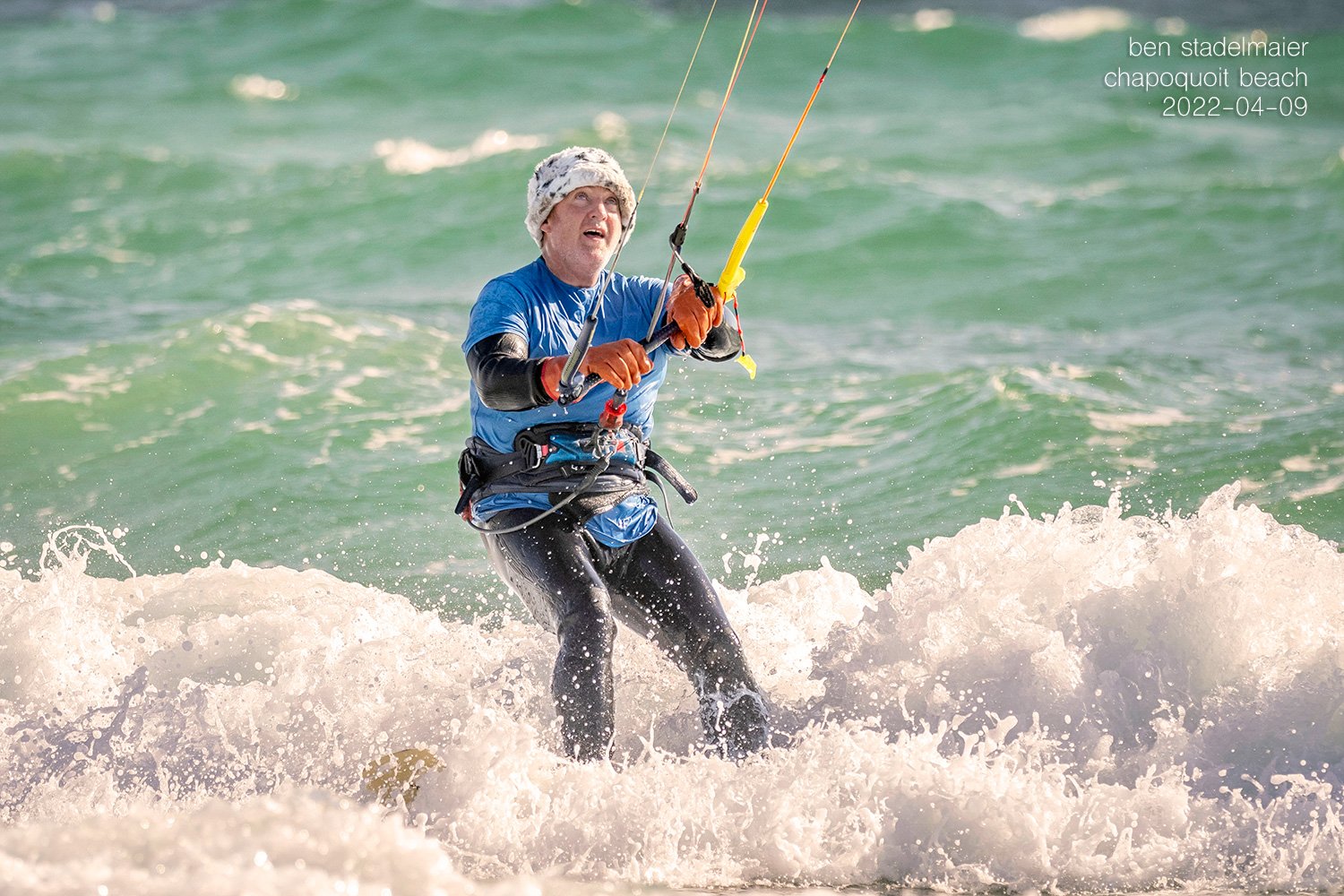I’ve been watching the gulls and the sanderlings eating snails they snatch out of the surf at Chapoquoit over the past few days. I went out in the snow just after sunrise today to get more video. Yesterday I met two marine scientists, Ann and Mike, who told me the snails are named Crepidula Fornicata. I will be posting a longer video with their description included.
surfside dining
time out
Miles at Chapoquoit, October 9, 2022
Yesterday, I took a break from the depressing news from the world and went to the beach to watch the kiteboarders for a while. It helped a little.
Monte
umwelt
The brilliant, Pulitzer-prize-winning science writer, Ed Yong, has just published his latest book: An Immense World: How Animal Senses Reveal the Hidden Realms Around Us. I've only just started reading it, but it is living up to his reputation so far.
In the first few pages, he introduces the reader to the intriguing concept of "Umwelt." It is a German word put into use in 1909 by a German zoologist whom Yong describes as having defined it as "…specifically the part of [an animal's] surroundings that an animal can sense and experience –– its perceptual world." Yong tells us that the world presents living organisms with countless physical stimuli, for which most creatures, including humans, can only sense and interpret a few. This restricted experience of reality creates a sort of "sensory bubble" that is the umwelt of a particular creature.
As an example, the umwelt for birds and bees includes the ability to see ultraviolet light, which we humans cannot see. Birds can detect Earth's magnetic field and use it to navigate migrations that can be thousands of miles long. Did you even know that Earth had a magnetic field? If you know that, it is because you read about it in a book and not because you ever felt it, because you can't. Snakes can "see" the infrared radiation given off by other animals, but we can't unless we have night-vision goggles. The list of senses we don't have is long, which is not to suggest that evolution short-changed us. Yong points out that no creature can sense every stimulus, which would be overwhelming if it did.
We have, as humans, a remarkable sensory system that gives us a rich experience of our world. Yong wants us to understand that all animals have rich sentient lives that are often quite different from ours because they can experience phenomena that we cannot detect. It is not an issue of which species has the best sensory apparatus but rather an issue of recognizing and respecting the diversity of conscious experience. There are observable differences in the sensory capabilities between species, but individuals within every species will have subtle genetic differences in sense organ receptors. This genetic variability creates a situation where every individual umwelt, even within a species, is at least somewhat unique. In a world filled with perhaps hundreds of billions of sentient beings, every perceptual experience is one-of-a-kind.
Yong, whose writing is sublime, says about the senses: "The senses transform the coursing chaos of the world into perceptions and experiences––things we can react to and act upon. They allow biology to tame physics. They turn stimuli into information. They pull relevance from randomness and weave meaning from miscellany. They connect animals to their surroundings. And they connect animals to each other via expressions, displays, gestures, calls, and currents."
In his introduction, Yong uses a quote from Henry Beston; it is probably my favorite quote from nature writing in a lovely book about nature that I've read more than once: The Outermost House, published in 1928. Beston lived for a year in a small cabin on Cape Cod and observed the animals and people around him, especially the birds. In chapter two of The Outermost House, entitled Autumn, Ocean, and Birds, Beston writes, "We need another and a wiser and perhaps a more mystical concept of animals." Getting started on Yong's book about sensory biology gives me a new way of thinking about Beston's nearly century-old observations. The expanding research in the field of sensory biology that Yong is writing about seems to support Beston's intuitions. The quote from Beston that Yong uses always makes me choke up a bit when I read it: "…the animal shall not be measured by man. In a world older and more complete than ours, they move finished and complete, gifted with extensions of the senses we have lost or never attained, living by voices we shall never hear. They are not brethren, they are not underlings; they are other nations, caught with ourselves in the net of life and time, fellow prisoners of the splendour and travail of the Earth."
Humans have created a global culture centered around acquiring money and power without regard for the consequences this quest might have on the nature that makes our existence and our experience of that existence possible. We can do better. Ed Yong's book will be a valuable guidebook for those who want to do better.
I expect as I continue reading Mr. Yong's book, I will want to write more blog posts about it.
Monte
green heron
2022-08-01 - Green Heron on bike path
It was lightly raining this morning when the alarm coaxed me out of bed. The thought of doing my morning walk on the indoor treadmill while listening to an audiobook crossed my mind. But that felt wimpy, so I strapped on the camera bags and walked out into the mist, which was clearing by the time I opened the front door. The reward for the effort appeared soon after leaving the house when I spotted this Green Heron fishing just off the bike path.
Morning walks are like a treasure hunt in which you may or may not find a tangible prize, but you can always count on a few moments of happiness. What else do we need?
Monte
sparrow
On my morning walks, I carry a lot of camera gear, hoping to capture images of the big, exciting birds like egrets and herons. But I often don’t get those pictures because the birds either aren’t around or are too far away.
I can always count on the diminutive song sparrows and catbirds in my backyard. And to be honest, I find them more interesting than the bigger birds in many ways. The small birds put their anxiety on full display as they fidget, always looking for predators and competitors. In this way, I see myself in them - always nervous, always restless, constantly dealing with some vague worry about one thing or another.
To exist is to fear not existing.
Monte
american crows
Crows are not what I look for when I’m on my morning walks. But they are always present and seem to be demanding that I take their picture. So I do.
Monte
two days in a row!
2022-07-22
2022-07-23
I’ve found Egrets on a small pond just off the bike path at Great Sippewissett marsh two days in a row! Today there were also three Greater Yellow Legs.
Monte
swan in west falmouth harbor
Mute swan photographed with the OM System OM-1 camera and the Olympus 300 mm f4 prime with a 1.4x teleconverter.
I’ve added a quick trip over to West Falmouth harbor to my morning walks looking for subjects to capture with my camera.
Monte
berries and birds
These plants with bright red berries are all over my town on Cape Cod. The Robins love the berries. These photographs are from the bike path. The bird image is terrible because I had to rush to take it before she/he flew away. I’d been hoping to photograph the fast-moving Egrets, and the shutter speed was set at 1/2000, which resulted in an ISO of 10,000 in the shade where this Robin was perched. No Egrets were out, as is often the case, but there were many songbirds.
The bike path goes right through the Great Sippewissett marsh, where there must have been thousands of Egrets in centuries past. No more.
Monte
egret on the bike path
I’ve been walking on the bike path every morning instead of on my treadmill. At first I made up my mind not to bring a camera because it would distract me from my primary purpose of exercising. But after a few days of missing some great shots, I started bringing a camera, and then two cameras - one with a wide angle lens and one with a telephoto lens.
Egrets are the subjects I hope for, but they are not often close enough to photograph. This guy was in close so I could get lots of pictures. I was shooting with the OM System OM-1 camera using the Olympus 300 mm f4 prime with a 1.4x teleconverter.
Monte
crows in the bath
summertime vibe
2022-07-12
Summertime Vibe
For several days I found this bike chained to a signpost across the street from the West Falmouth market as I was heading toward the bike path for my morning walk. It belonged to a young man coming off the bike path from his morning ride and headed into the market for a coffee and breakfast. I only had one short conversation with him in which I told him how much I liked the color of his bike. He replied by telling me he’s owned it for five years.
I assume he was a tourist since I haven’t seen him since his regular appearances ended after about five days. I’ve been a year-round resident on Cape Cod for 19 years. The summers always produce conflicting emotions for me. I don’t like the abrupt increase in the town population with the associated crowding and chaos that comes with it. But so many people in a good mood and looking to have fun at the beach create an irresistible summertime vibe that I’ve grown to appreciate.
The first day I spotted this bright green bicycle, I immediately reached for my camera to capture an image that nicely describes summertime in my little beach town. I imagine that the summers here feel like they haven’t changed in decades for so many of us, residents and tourists alike. Maybe it’s that nostalgic feeling that keeps the tourists coming back.
Monte
troglodytes
Troglodytes
Often when I read an editorial in the newspaper or hear a talking head make a comment with which I disagree, I will call them a pejorative name, like a troglodyte. Troglodyte is a noun that means someone who lives in a cave. It is supremely satisfying for me to exclaim, "what a troglodyte!" when I'm offended by another person's opinion on an important issue. I frequently scream "troglodyte!" at my computer screen in today's hyper-divided and politically polarized society.
Some people will say I'm childish and insecure. I can only riposte with a predictably immature response like: "everybody does it," because everybody does. It seems like typical human nature to bark insults at people with whom we disagree.
But troglodyte also means a person who lives in solitude, which vaguely describes me. It is a thought-provoking hint that troglodyte can work for both my perceived adversaries and me. Could I have more in common with the people I disparage than I might initially recognize? What if, in addition to being troglodytes, we also share other similarities? Maybe I should look for the common ground between us before casting out inflammatory comments and engaging in name-calling. Wouldn’t it be something if this became a mass epiphany in our world?
But that’s just the sort of woke thinking with which the troglodytes will never engage!
I just can’t help myself. I’m only human.
Monte
five little coyotes
Five little coyote puppies have appeared in my backyard. I’m already worried about their future in a dangerous world.
Monte
connected
Apple blossom
Connected
2022-05-19
Egyptian Geese in Africa form mating pairs that bond for life. When one dies, the other mourns by retreating into isolation and, in some cases, may never mate again. This monogamous relationship seems like an example of the complex emotional lives of other creatures that we humans refuse to acknowledge. If we did appreciate that other animals experience genuine feelings, we might be better stewards of the environments in which they live. I learned this while watching an excellent nature documentary, Life at the Waterhole, on the PBS.org website.
In the same program, I learned that Yellow-Billed Storks could transfer fish eggs from one body of water to another. The fish eggs catch a ride on the bird’s feet. In the documentary, scientists created an artificial waterhole in a wildlife park in Tanzania. They then observed it with sophisticated cameras through several seasons to learn about the types of animals that come to waterholes and their behaviors. Consider that the storks not only eat fish but also farm them by spreading their eggs to new waterways, which is only one of countless examples of the interdependence throughout the natural world. If human activity were to result in the extinction of the Yellow-Billed Stork, there would be a negative impact on fish populations, which would ripple out to harm other components of natural systems.
Hyenas are aggressive predators, but they also eat dead carcasses that may have died from infectious diseases. Hyenas can eat these infected carcasses without harm because of the high amount of powerful stomach acid they have and their robust immune systems. The other animals at the waterhole were not just victims of hyena predation but also benefitted from a valuable public health role provided by the hyenas removing the infectious carcasses.
In another documentary about bird eggs, David Attenborough discussed a small finch that fed its young with the caterpillars of winter moths. Each chick will consume around a thousand caterpillars before being large enough to fend for itself. A typical clutch can have six to eight chicks, which equates to a need for six to eight thousand caterpillars. I couldn’t help but despair, knowing that people spray their trees yearly to kill the caterpillars eating the leaves in my town. They either don’t know or don’t care that they are also killing many baby birds.
Nature works as a system. All of the parts are important, and the destruction of any particular part leads to the loss of additional pieces. Our reckless behavior has already led to the extinction of many species of plants and animals. It is puzzling that we can’t see how we are among the species threatened by our behavior.
Monte
a photographic archive

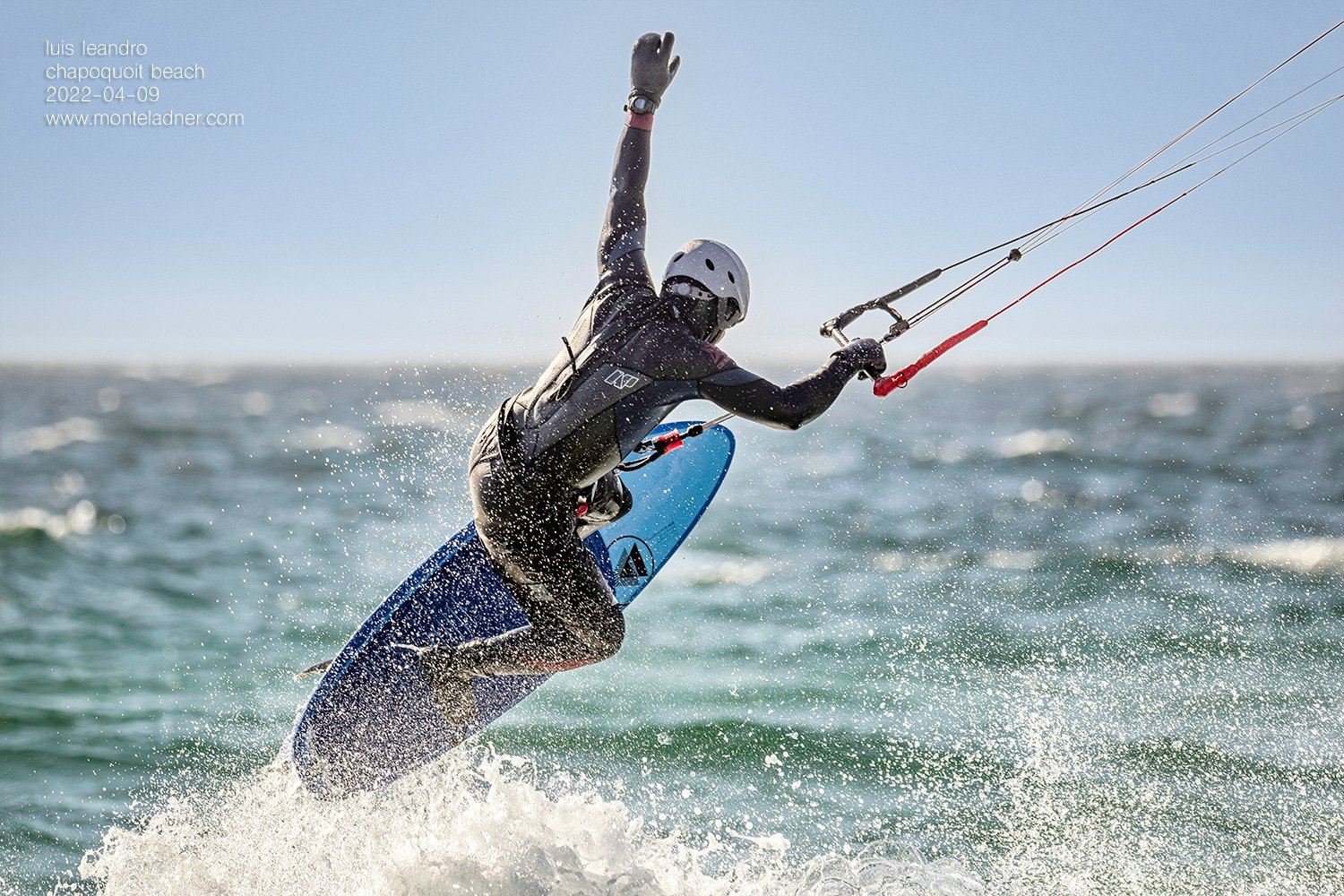
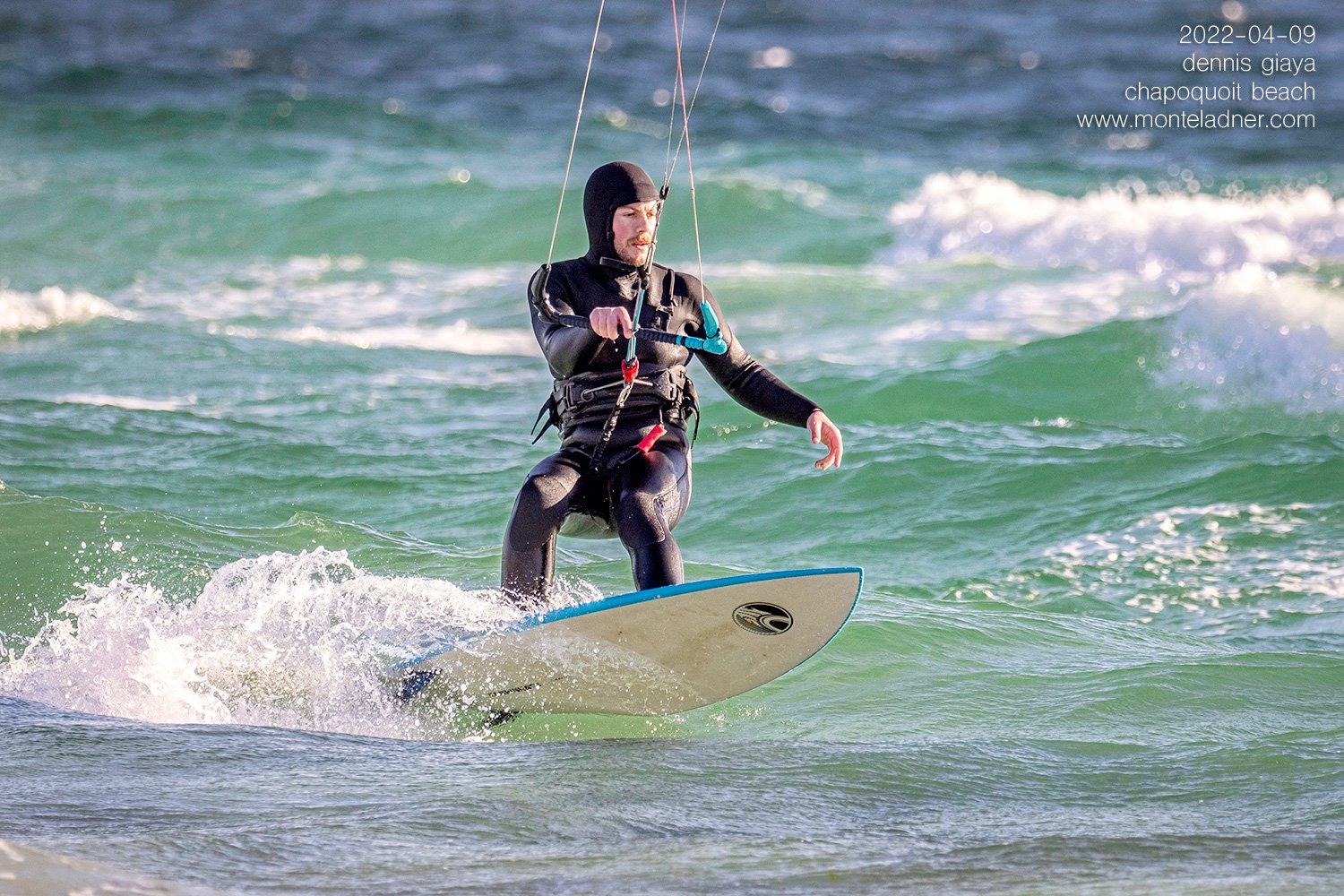
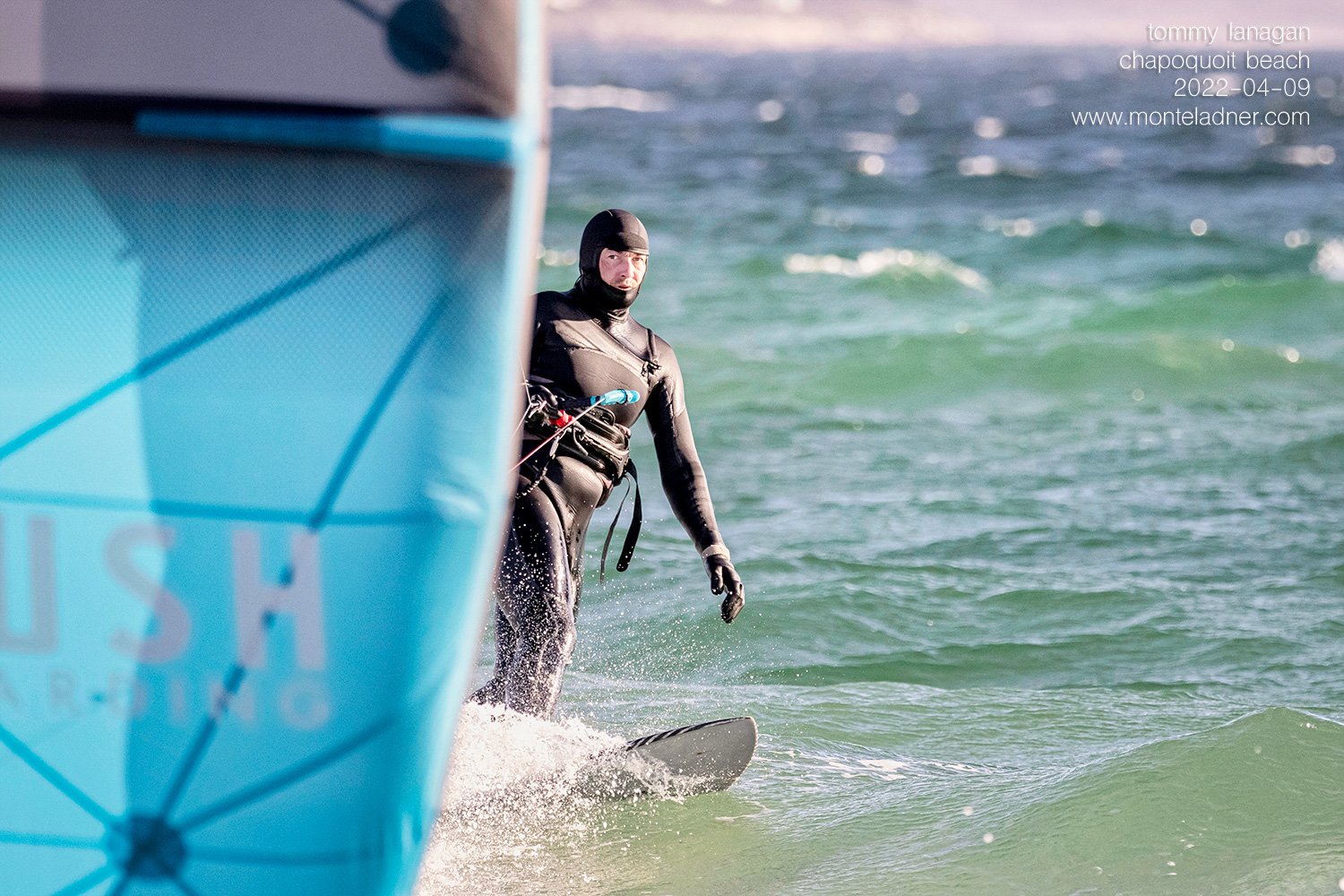
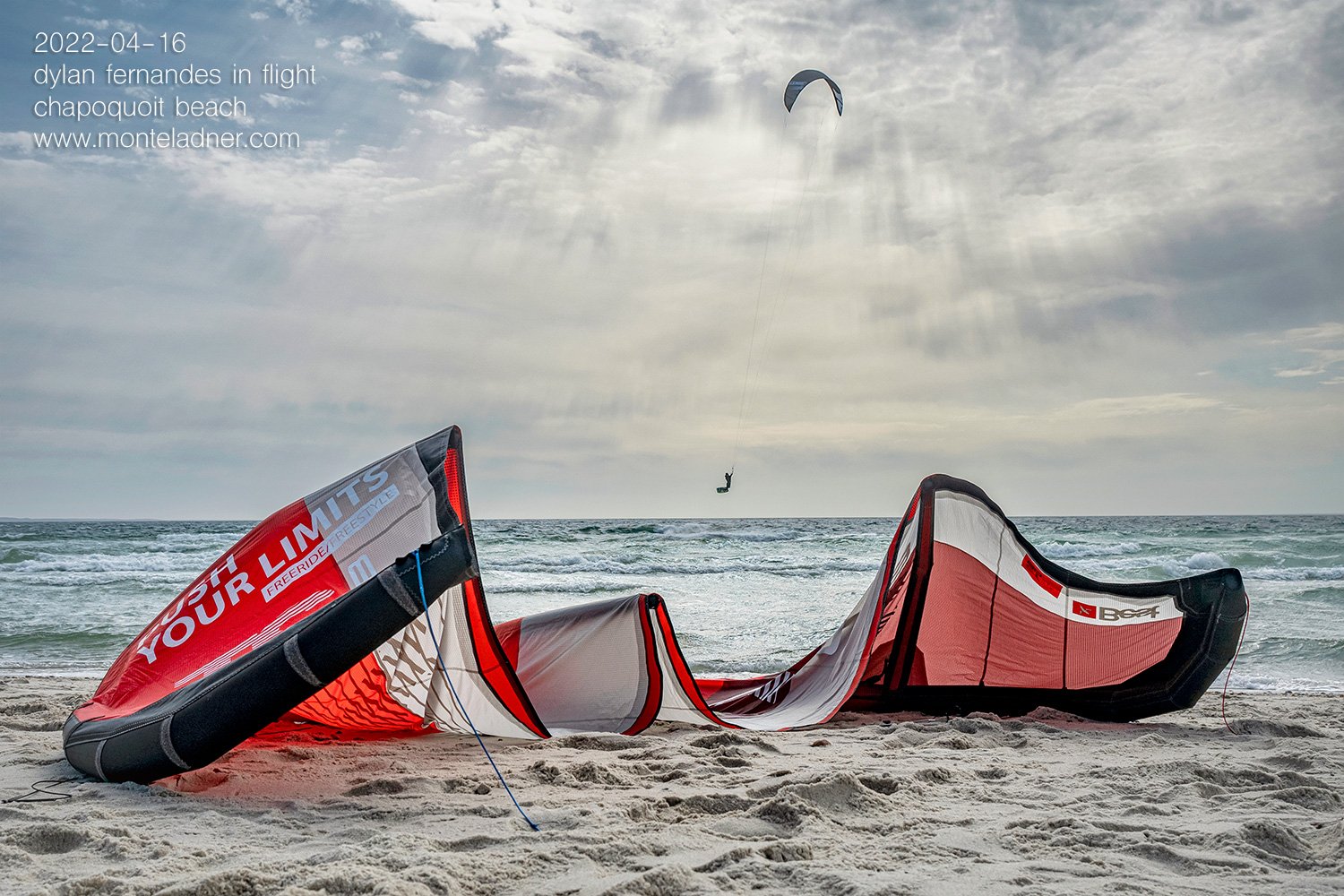
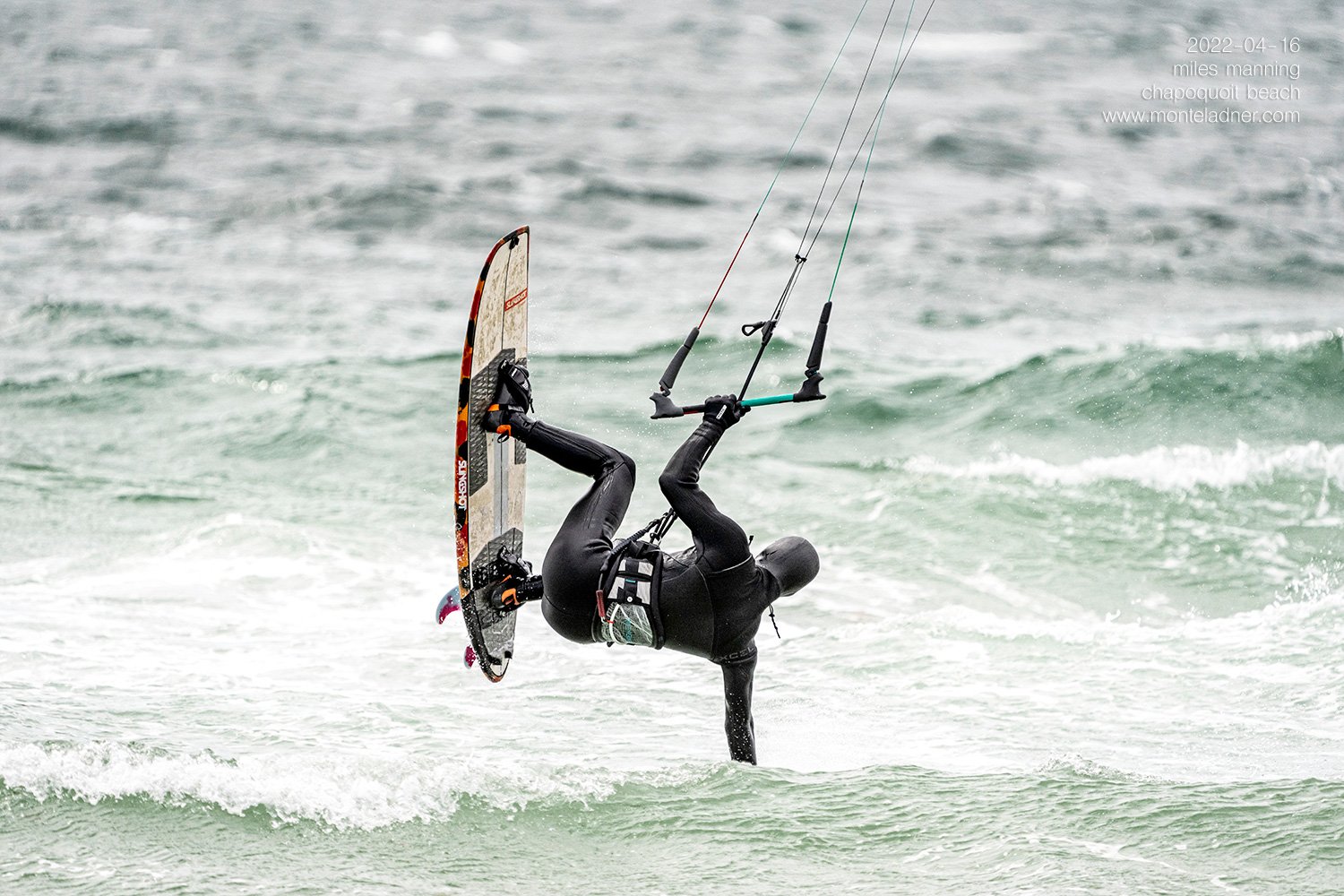
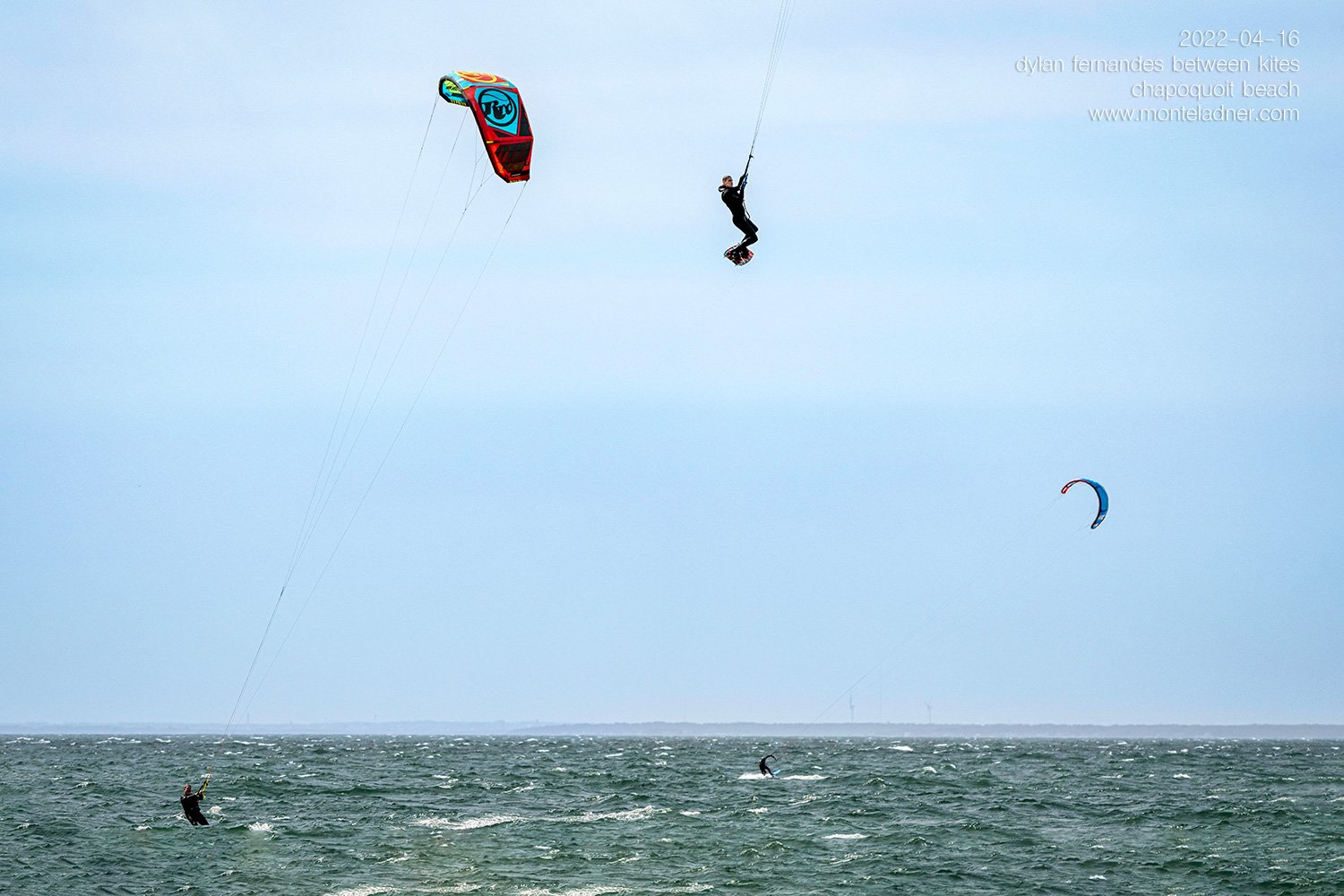
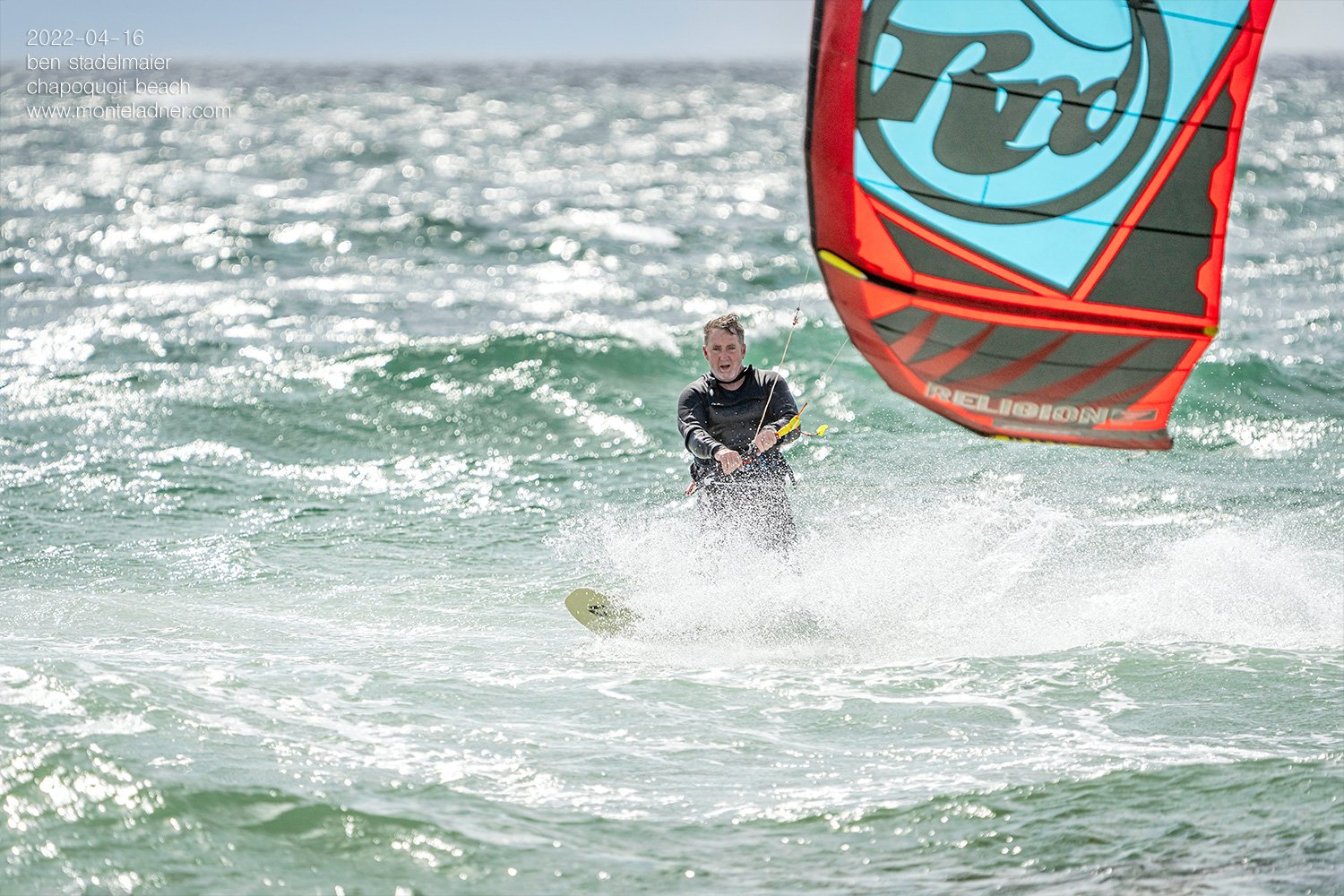
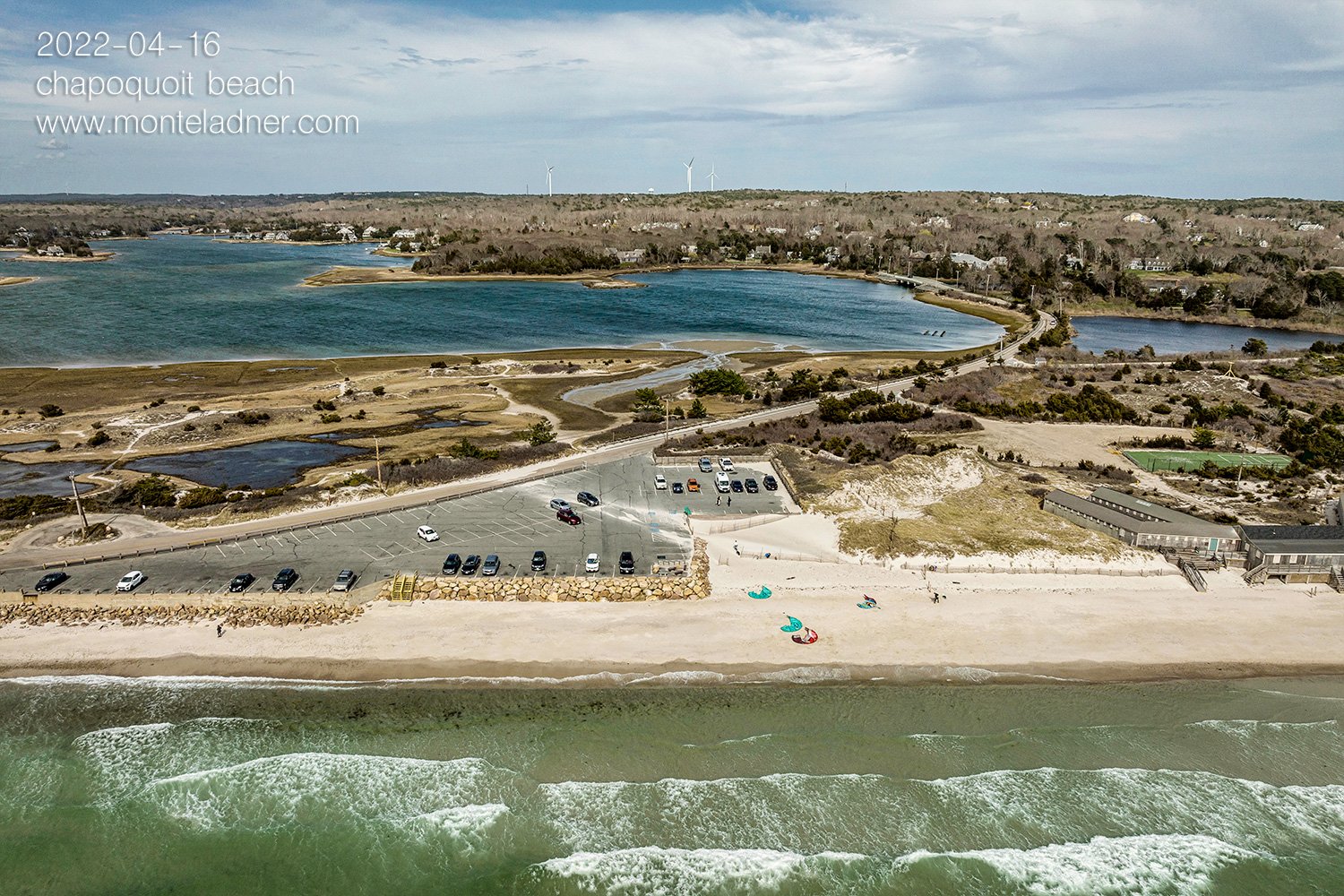
2022-04-17
A Photographic Archive
The late poet and essayist Mary Oliver produced a little book titled Our World. The book is a collection of photographs taken by her partner, Molly Malone, combined with some of Oliver’s prose and poetry to draw a picture of their lives. The images in the book are mainly from the 1950s and 60s. A few of them are famous people, but most are of friends or “street photography” style pictures of strangers Malone took while living in Europe before the two met.
I like looking at books of old photographs, especially if the pictures are people and locations I don’t know. These images, like all images, have stories inside them, but if you don’t know the people or the places, you must use imagination to build your own narrative. Who the people are and what they did with their lives, and whether they are still alive all become matters of conjecture. Ironically, looking at unfamiliar faces in old pictures stimulates a sense of connection with all of humanity for me. The different countenances on the faces suggest emotions any viewer can feel.
I’ve kept this blog for a few years and made nearly 100 videos without a clear direction for the enterprise. Looking through Mary Oliver’s little book makes me think I should use my blog and my videos as an archive for my pictures. Adding short essays describing what I think and read about when I’m not taking photographs will build the story of who I am (was) for anybody who finds the pictures — a modest but vain ambition for immortality by an otherwise easily forgettable character in the human saga.
Monte
ben's hat
My friend Ben at Chapoquoit beach with two of his recent hats. The big furry one belongs to his daughter.
Monte
the stuff of living
This video was inspired by a quote from the writer Annie Dillard.
Monte
a foggy day at chapoquoit
The temperature got up to 50 F a couple days ago, so I went to the beach. So did a lot of other people. This video is a one-minute summary of my afternoon there.
Monte
